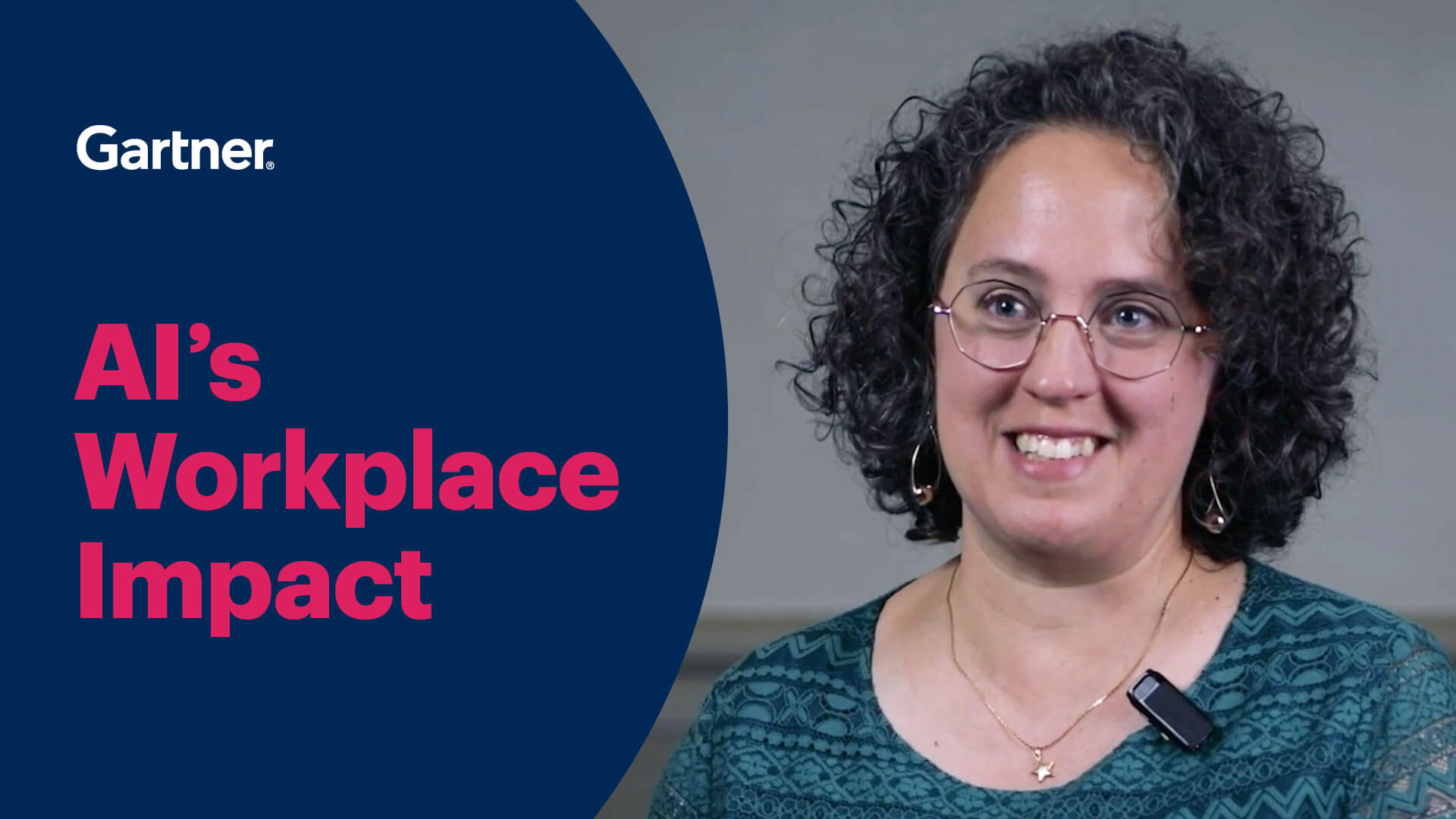Assessing AI’s Disruption
So as HR leaders consider the impact of generative AI in the workforce, they need to take and combine two different perspectives. One is on how disruptive their AI investments really are. Is it just what everybody else is doing, not really differentiated? Or are they looking at ways that they and the entire organization — across any business line — are investing in AI to really make a difference in how they deliver goods and services or support their key stakeholders?
Tailoring Workforce Investments
But that’s not enough; you need your second dimension. You need to understand if this is a part of your business that you’re growing, whether it's a stable or core part of your business, or if it's a part that you're shrinking. When you combine these two perspectives, you arrive at a matrix that allows you to have a really differentiated set of investments that would have a much greater impact on the workforce and on the support of the workforce as they move and transition into more and more generative AI.
You’re not trying to take a one-size-fits-all approach here. An example I like to look at is that of a radiologist. A radiologist, in many ways, has already experienced a lot of AI investment impacting their day-to-day work. AI has helped make diagnoses faster and also process many more images for any given diagnosis. But that doesn’t fully disrupt the way a radiologist works; it just means that they need to make more diagnoses or support more people in more rural communities or elsewhere getting their diagnosis.
Supporting Evolving Roles
There, the HR leader needs to support the radiologist going through this change, where it’s not that disruptive, but it just means going faster. How do they make sure they support with the right skill sets? But also with any risks around burnout? Because all of a sudden, they’re expected to do more with the new tools they have at hand.
Take that same radiologist and change the process. So, one image is actually going to diagnose many illnesses and could be used for three, four or five different diagnoses. All of a sudden, the way that they work with the hospital, with the payer networks, with insurance — whatever is in the healthcare system — all of those processes change. And there, the HR leader needs to step in to help support the organization in a full-scale transformation or a full-scale response to the disruptor who figured out how to do this and it's impacting their way of operating.
There, the radiologist’s role shifts more. They still have to go faster, they have to do more, but how they interact changes as well. It’s a different level of support.
